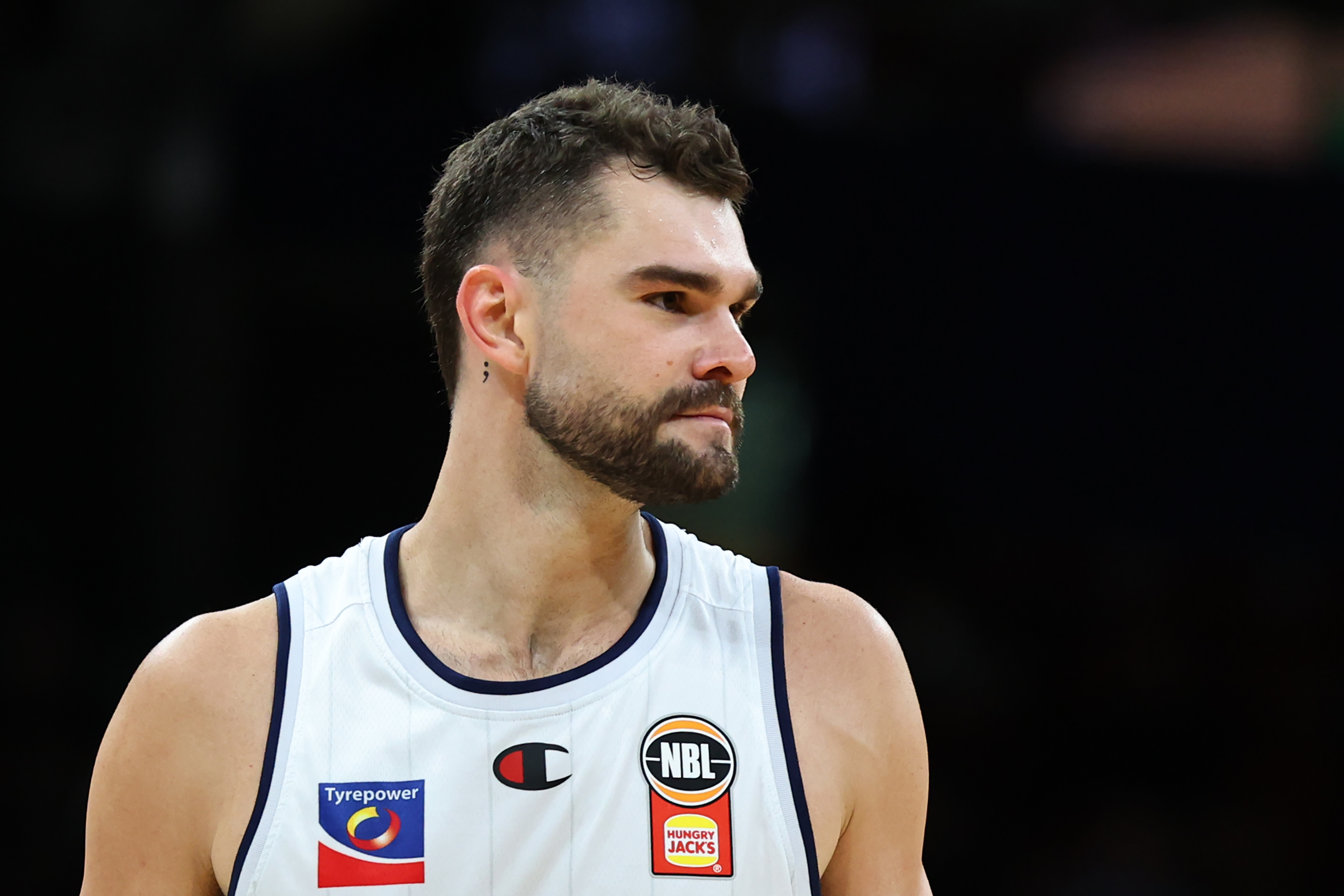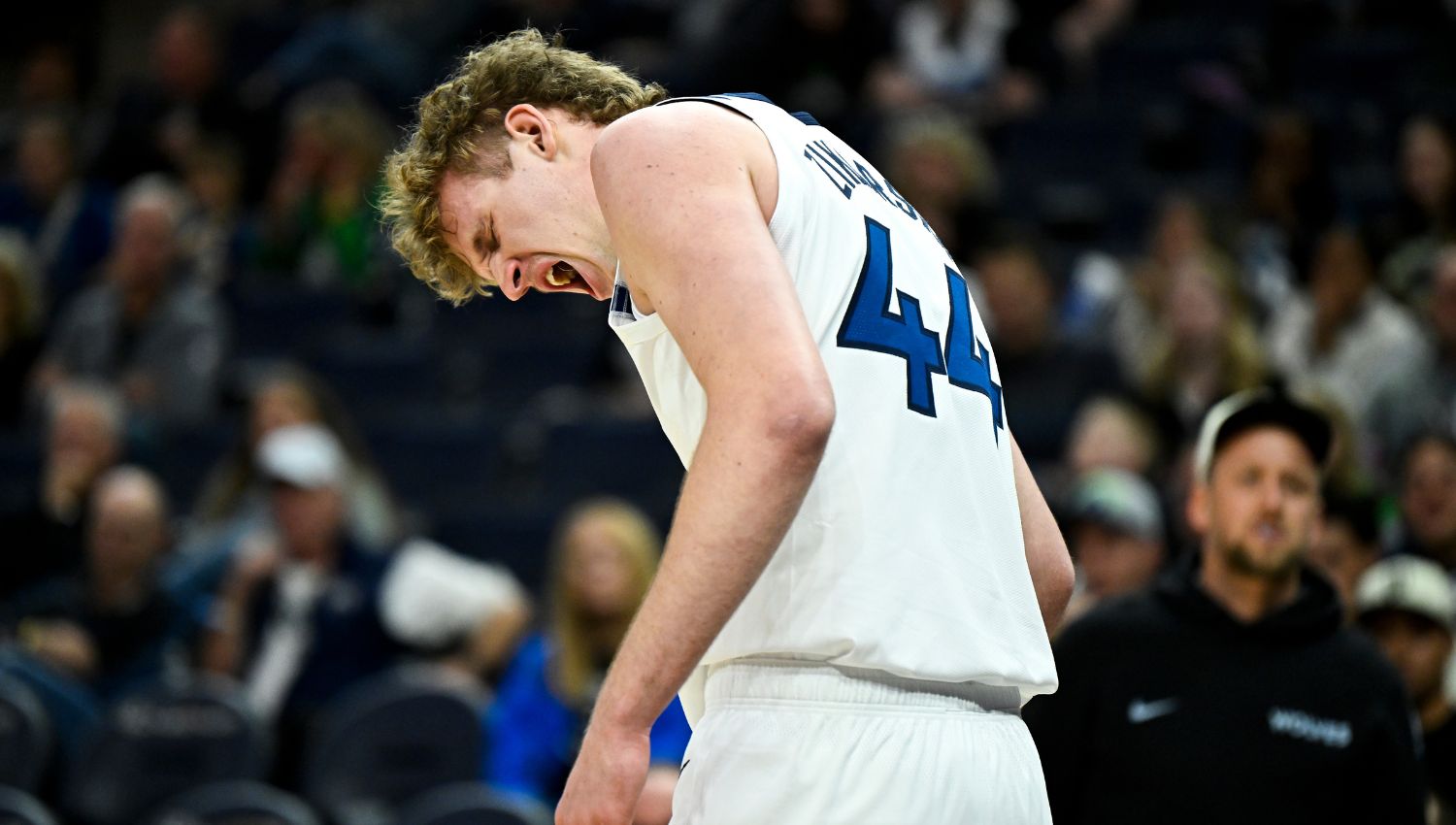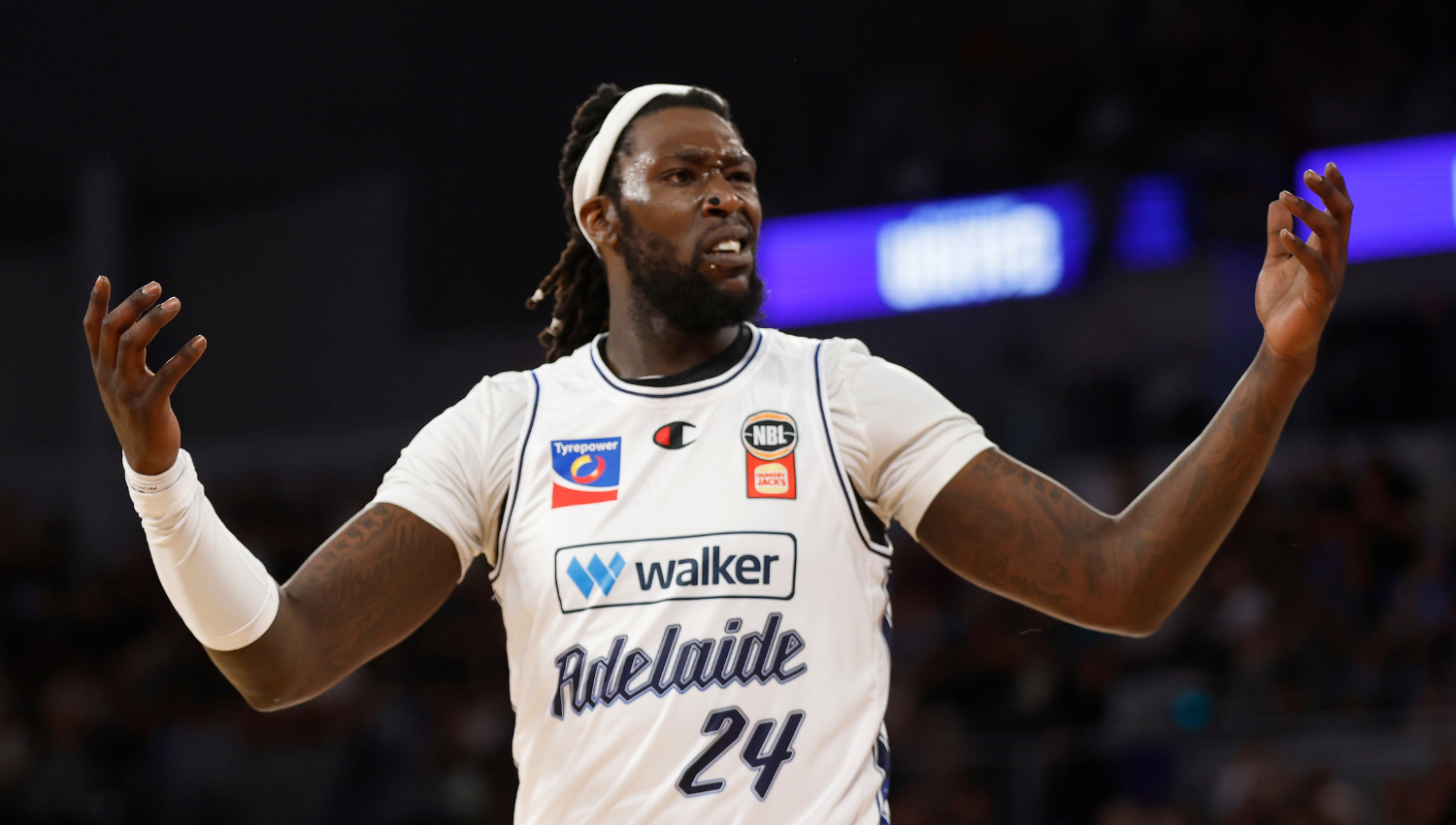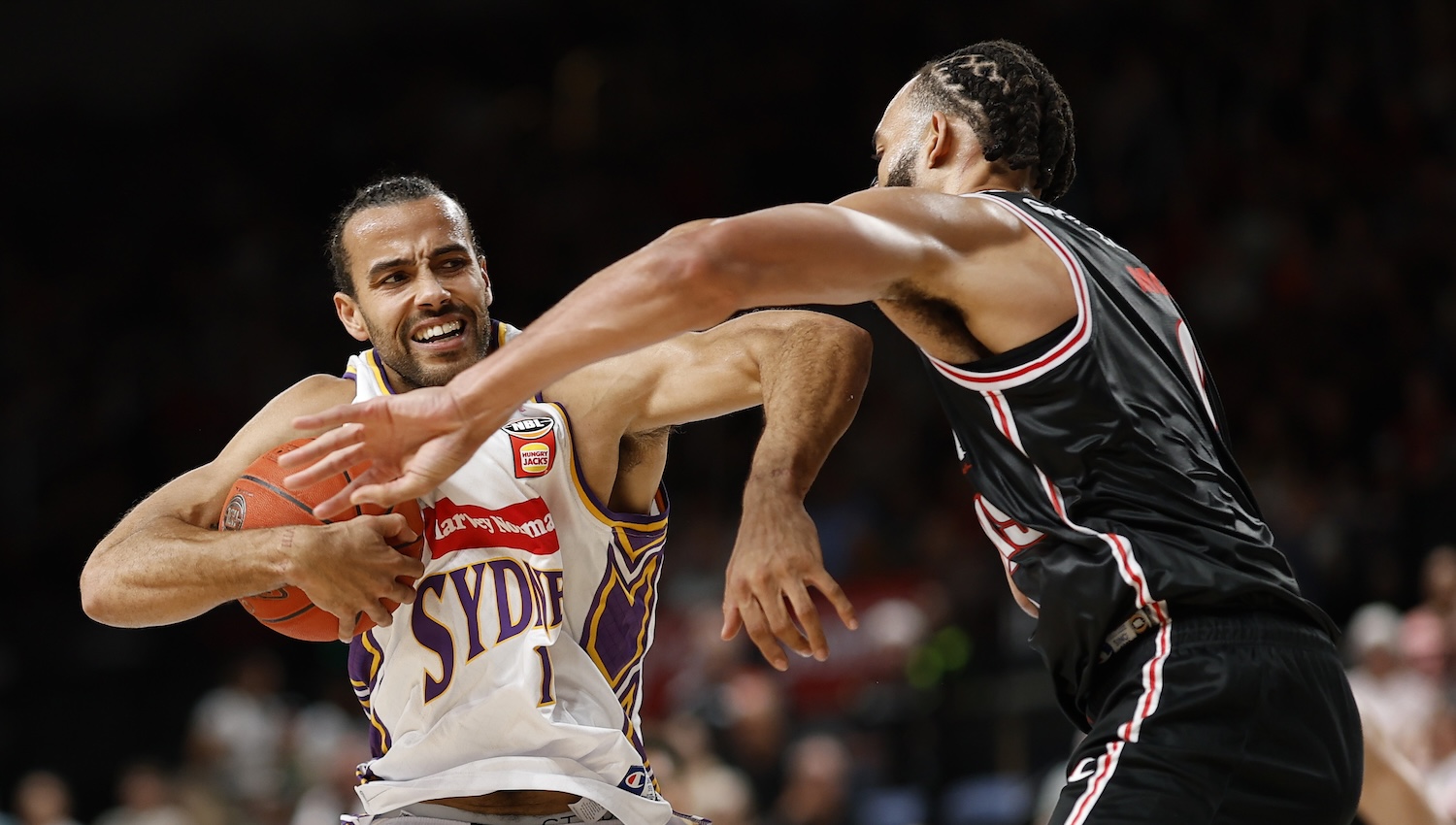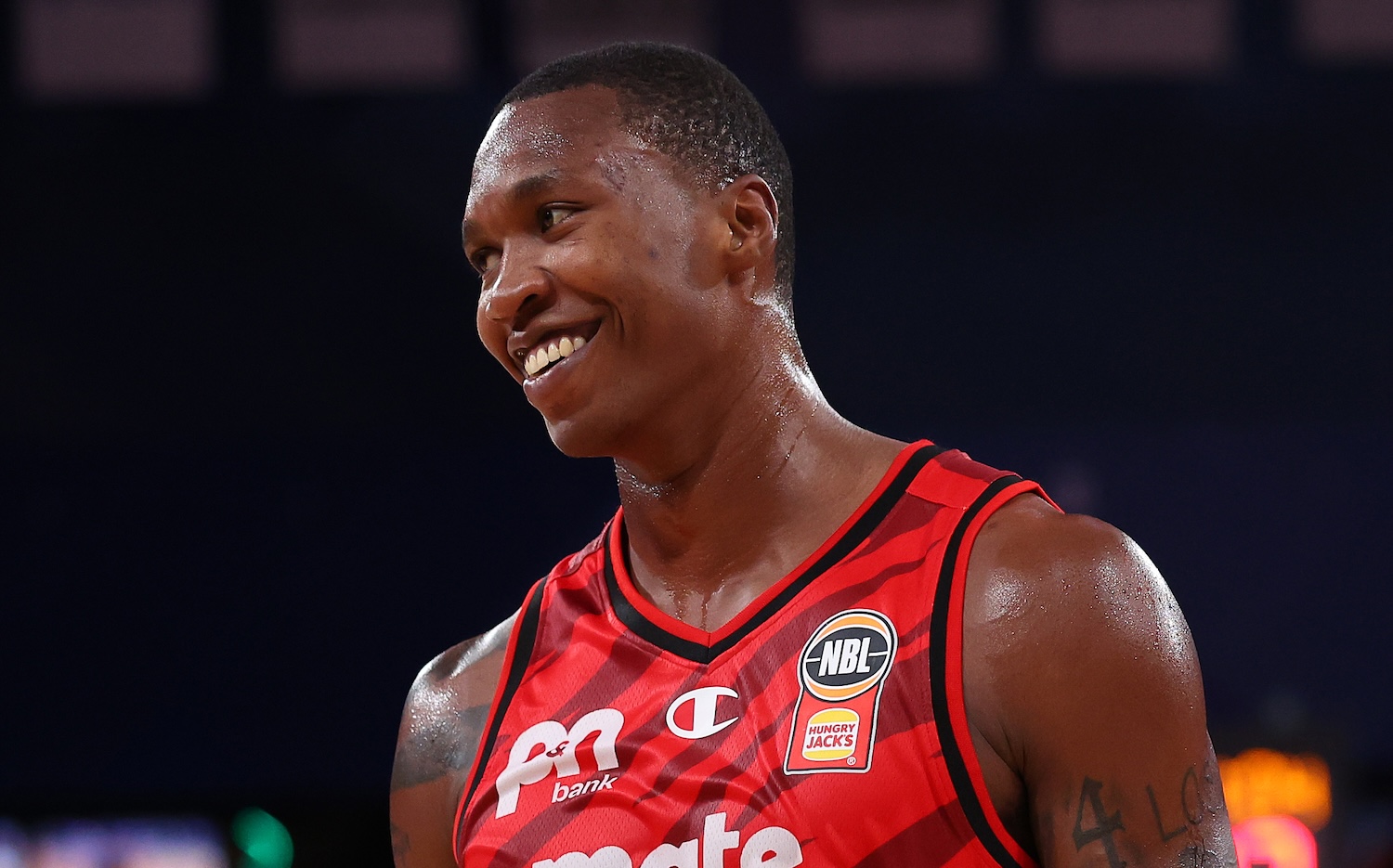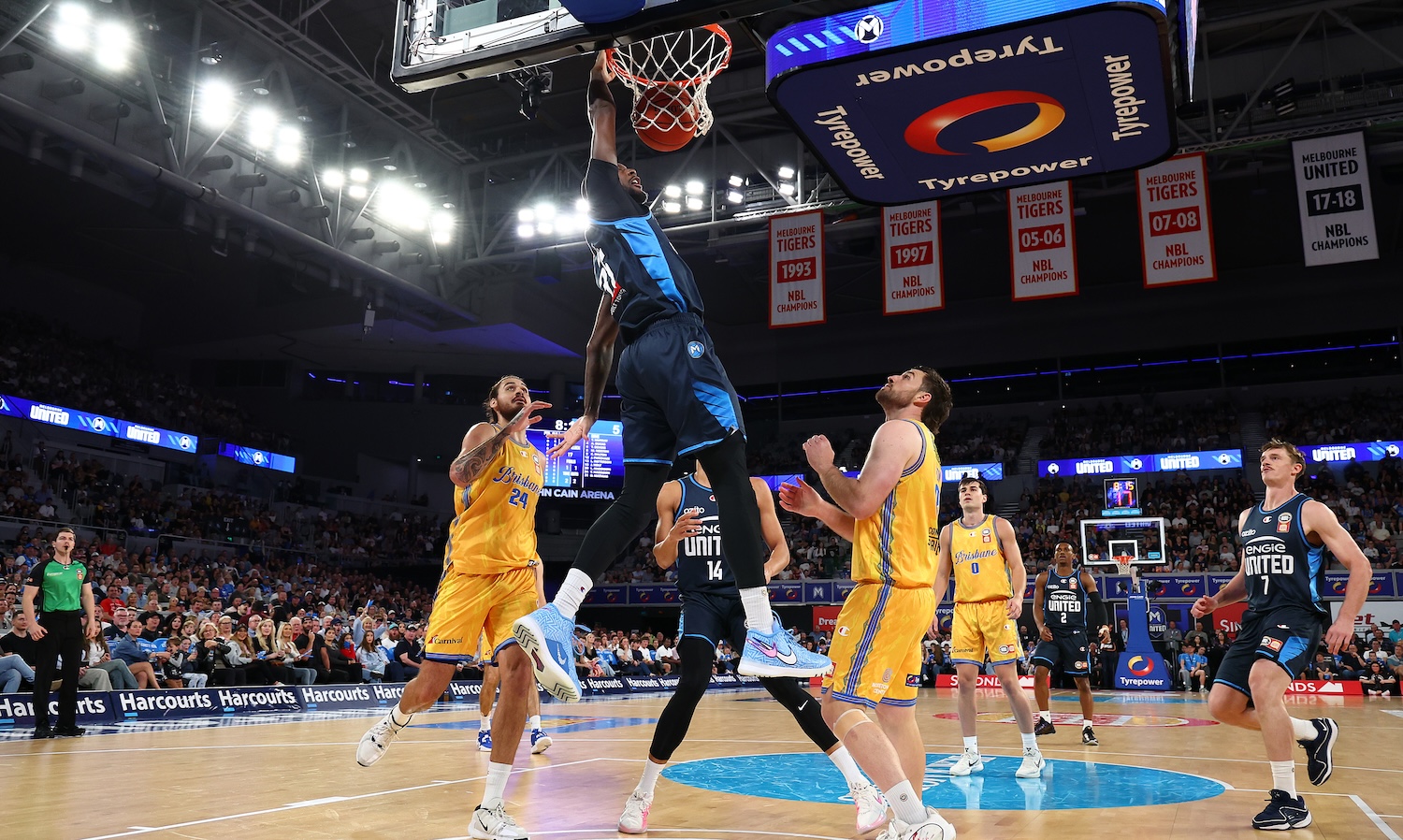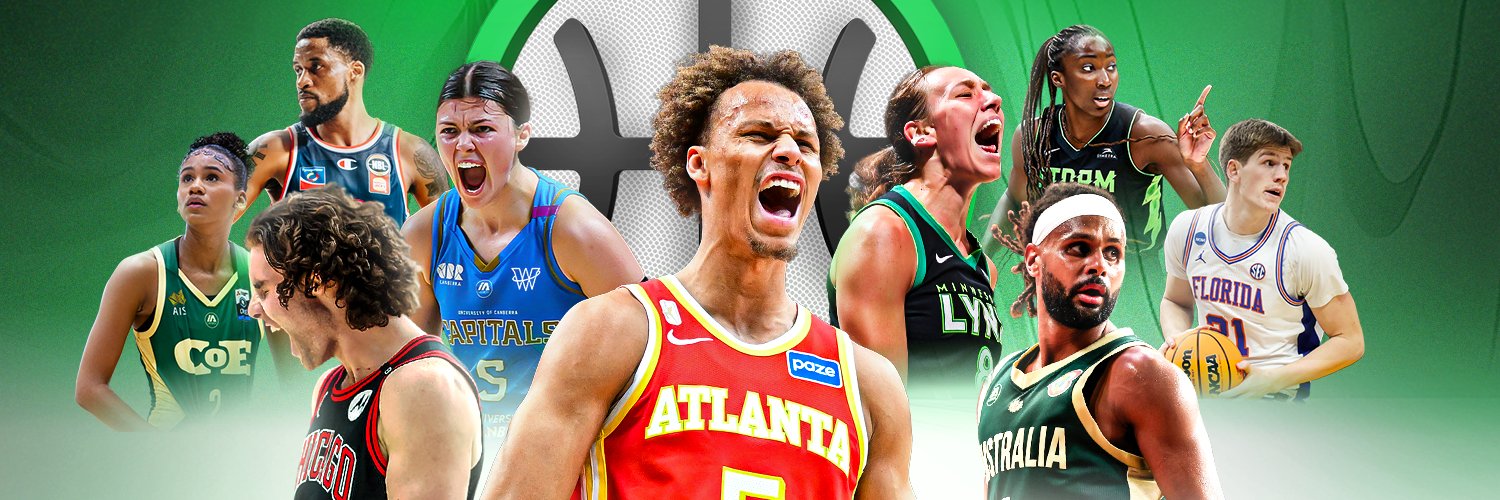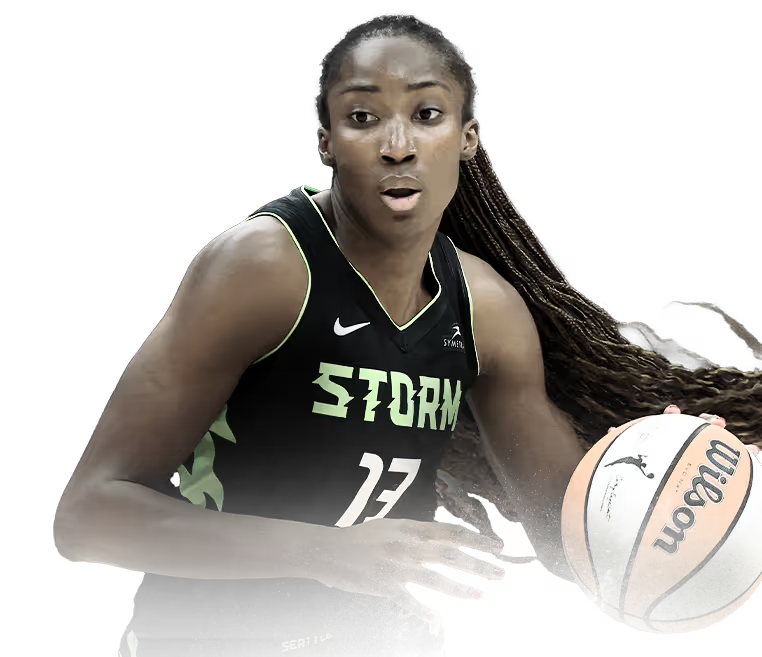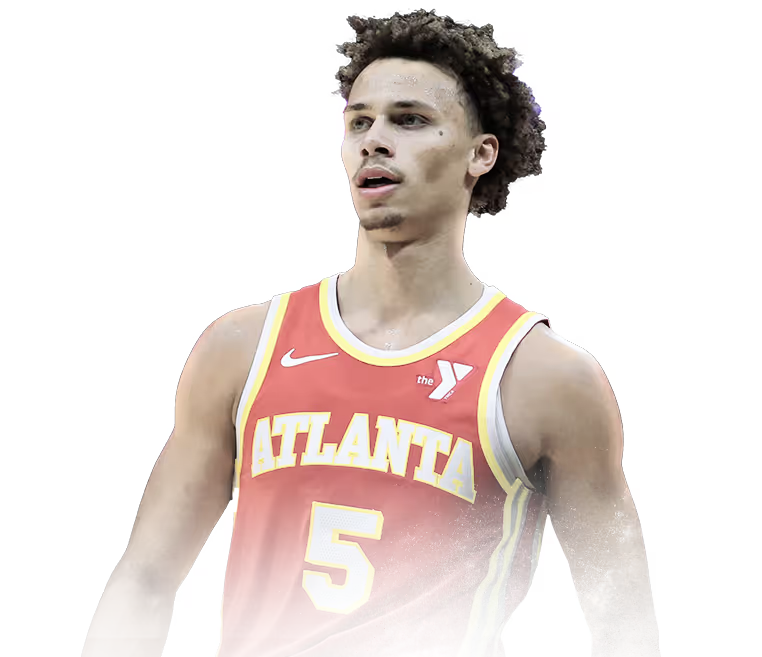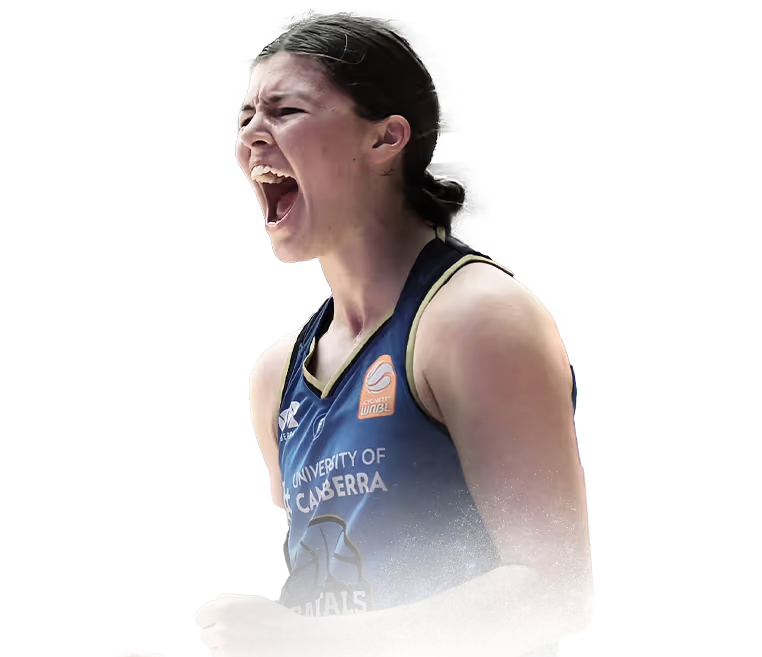

22
Aug
Import Analysis
Breakers banking on Baker being worth the dough
Michael Houben takes a deep dive into the final addition to New Zealand's NBL26 roster
- US import Rob Baker II was the final addition to the New Zealand Breakers roster for NBL26
- Baker had a brief stint with William McDowell-White and Yanni Wetzell at Alba Berlin
- He helps form an imposing front court with Sam Mennenga
The New Zealand Breakers are Back in Black under new Kiwi ownership this year and after a disappointing 10-19 record last season, the hope the team will be back in finals contention too.
While a few key building blocks rollover from last season, specifically Parker Jackson-Cartwright, Karim Lopez and Sam Mennenga, the biggest changes to the roster come by way of their new imports, complemented by a crew of majority Kiwi-born locals.
Of the two new import additions next season, Ron Baker II joins the team with a bunch of intrigue around him. Let’s dive into his game and see what he brings to the table for New Zealand in NBL26.
BASKETBALL BACKGROUND
At 27-years-old, Rob Baker II is in the heart of his professional prime.
From 2016 to 2020, Baker played all four years of his NCAA career at Ivy League school Harvard. Baker’s college career was relatively unremarkable — his senior year averaging seven points, 5.3 rebounds and 1.4 blocks per game in a NCAA career high 21.8 minutes per game. Clearly gifted physically, it’s evident that Baker came into college as a true project based off the numbers. Off the court, we can certainly infer a high level of studiousness given his selection of school, and during his time studying at Harvard he actually interned for the NBA G League in the Business Operations Department — becoming presumably the first ever player to work for the G League before working in it as a player — perhaps Breakers general manager Dillon Boucher has unknowingly signed his one-day successor!
Since his graduation, Baker has had a busy career both at home in the G League and overseas, and slowly but surely his potential has started to materialise.
His best G League season came across the 2023-24 season for the College Park Skyhawks, where he averaged 14.7 points, 6.3 rebounds, shooting 45.1% from the field and 34.0% from three.
Internationally, Baker slowly worked his way up through Slovakia, Puerto Rico and Japan, to most recently receiving an opportunity in the EuroLeague with Alba Berlin, playing alongside two names very familiar to the Breakers; Yanni Wetzell and Will McDowell-White.
.jpg)
AN INSIGHT INTO HIS GAME
A quick look at Baker’s highlights, and we can see some exciting physical qualities — at 6'11", Baker will stand as one of the taller players in NBL26, but what really stands out is the length and mobility for his size. In a league that often goes smaller at the four spot, he has the requisite mobility and on-ball ability to match up with fours, providing an intriguing size advantage at the position, not to mention the versatility to play aggressively in pick and roll coverages and switch on to guards when required. Dimensionally, there’s the length and rim protection to play some five, but given his lean build would likely only work selectively against a few specific small-ball matchups. Between the three and four positions, the Breakers are essentially running two interchangeably tall, versatile and athletic players in Karim Lopez and Baker, and not many teams will be able to match both.
Of course, size as a mismatch is only as useful as how you can take advantage of it. Though not a knockdown shooter, Baker appears to be good enough to provide adequate floor spacing at the four, and he shows speed, footwork and touch to attack closeouts and score in the paint. Without being a dominant or go-to scorer, he’s a versatile offensive role player that scores out of a mix of pick and roll, spot up and post up opportunities.
His physical tools allow him to scale this skill-set up to a very high level of play too, which appears why he was able to succeed in his mid-season cameo with Alba Berlin.
As is often the case in the German BBL, minutes distributions are very broad - for reference, Alba Berlin only had five players play more than 20 minutes per game, with no player averaging more than 25 minutes per game in either German BBL or EuroLeague play.
With the key caveat being that Baker was a mid-season addition who only played seven games for the team in EuroLeague play, here are the side by side comparison of Baker II, McDowell-White and Wetzell’s respective roles and minutes on Alba Berlin last season.

It’s hard to know whether his late season acquisition impacted his ability to carve out minutes, as he certainly was productive in his opportunities with the team, but this does give us a quick snapshot of where he ranked in the team hierarchy compared to two NBL-marquee level talents.
I’ve purposely left out player statistics from this table, partly because Baker II’s sample size was so small and potentially misleading. It should be noted he did very well in his short opportunity at the EuroLeague level, however, including shooting an uncharacteristically high 47.6% from three (on a volume of 10-from-21). This, like many of Baker’s stats, have been relatively inconsistent throughout his professional career, making it hard to judge his real capability as a scorer. So instead, let’s look at the aggregated career averages of his four seasons in the G League, where there’s no variance in league level season to season. I’ve pulled his Per 36 figures given the fluctuation of his minutes season to season.

While his career was a bit slow to start, Baker has steadily improved his game season to season and made consistent jumps in level of competition year-to-year. A single digit scorer in Puerto Rico and Japan, and a limited 19 minute per game role for Osceola in his most recent G League season raises a level of uncertainty, but there should be a broad confidence that Baker II should be a positive difference maker, particularly on the defensive end of the floor.
HIS FIT WITH THE BREAKERS
One of the new pieces in an otherwise established starting line-up for the Breakers, there’s a few key qualities that appear to make Baker a strong fit on paper for this New Zealand team. Going into NBL26, one of the big focal points will likely be the increased focus on Sam Mennenga, whose emerging scoring game will likely be a focal point for the team’s offensive system.
Between acting as the screener to open up Jackson-Cartwright’s game, scoring out of roll opportunities from those actions, and being prioritised as an early half-court option in the post, it will be up to Baker to space the floor and find complementary ways to support the offence. If he can replicate his small sample effectiveness shooting the ball with Alba Berlin, where his role shrunk down to mostly spot up threes, it would go a long way, but there’ll be plenty of opportunities to play in the dunkers spot, act as a lob threat, and cut off the ball. Expect his post-up capabilities to be depended on circumstantially to punish mismatches, and his ability to run the floor should be a natural fit with Jackson-Cartwright’s desire to push the tempo — in stark contrast to the ill-fitting game of Tacko Fall last season.
Defensively, Baker perfectly contrasts Mennenga. Where Mennenga is strong, can hold players in the post and carve out space boxing out in the paint, Baker is more rangey and mobile. One of Mennenga’s most glaring defensive limitations at the five is his lack of length and rim protection, and Baker’s shot-blocking instincts, not to mention awareness and mobility to cover space and slide over to impact as a help rim protector should go a long way to shore up that deficiency.
SUMMARY
There may be some uncertainty over Baker’s inconsistent resume, but overall, his profile ticks a lot of boxes as a complementary two-way piece for Jackson-Cartwright and Mennenga. If he can continue his upward trajectory as a player, his unique size and mobility for the forward spot would be a unique intersection of qualities for an NBL import forward, and the flashes of versatile skill both inside and out present all the ability to be a useful foil for the Breakers key pieces.
I wouldn’t expect him to fill up the box-score with All-NBL level lines, but Baker looks like a solid addition that will quietly impact winning on both ends of the floor.
About the Author
Michael Houben is an Australian basketball writer and scout based in Melbourne, Victoria. As well as covering the game as a journalist, Michael supports US colleges to identify and recruit Australian talent as the owner of Airtime Scouting, and supports grassroots athletes through Airtime Basketball.
Exclusive Newsletter
Aussies in your Inbox: Don't miss a point, assist rebound or steal by Aussies competing overseas. Sign-up now!


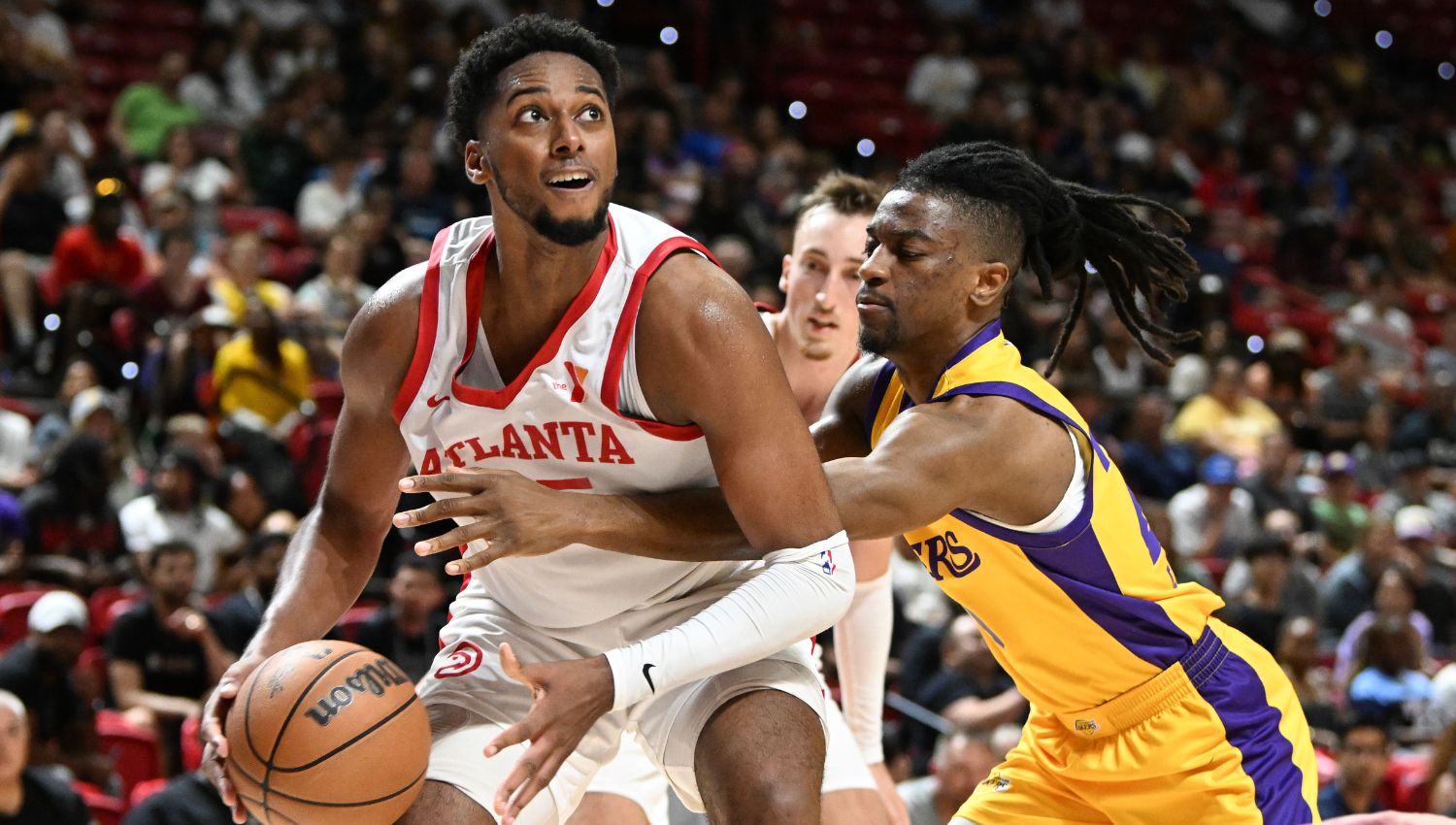

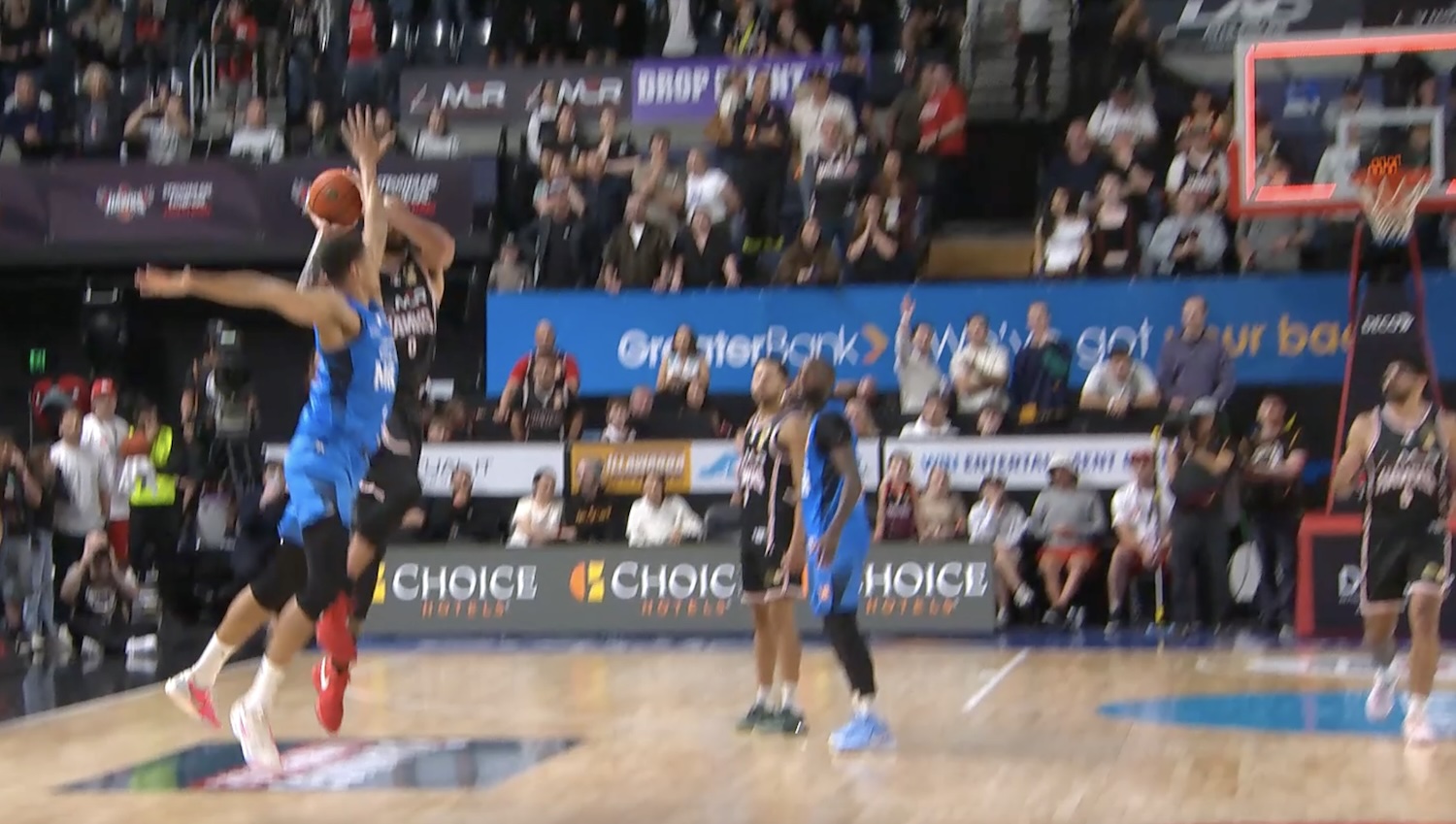
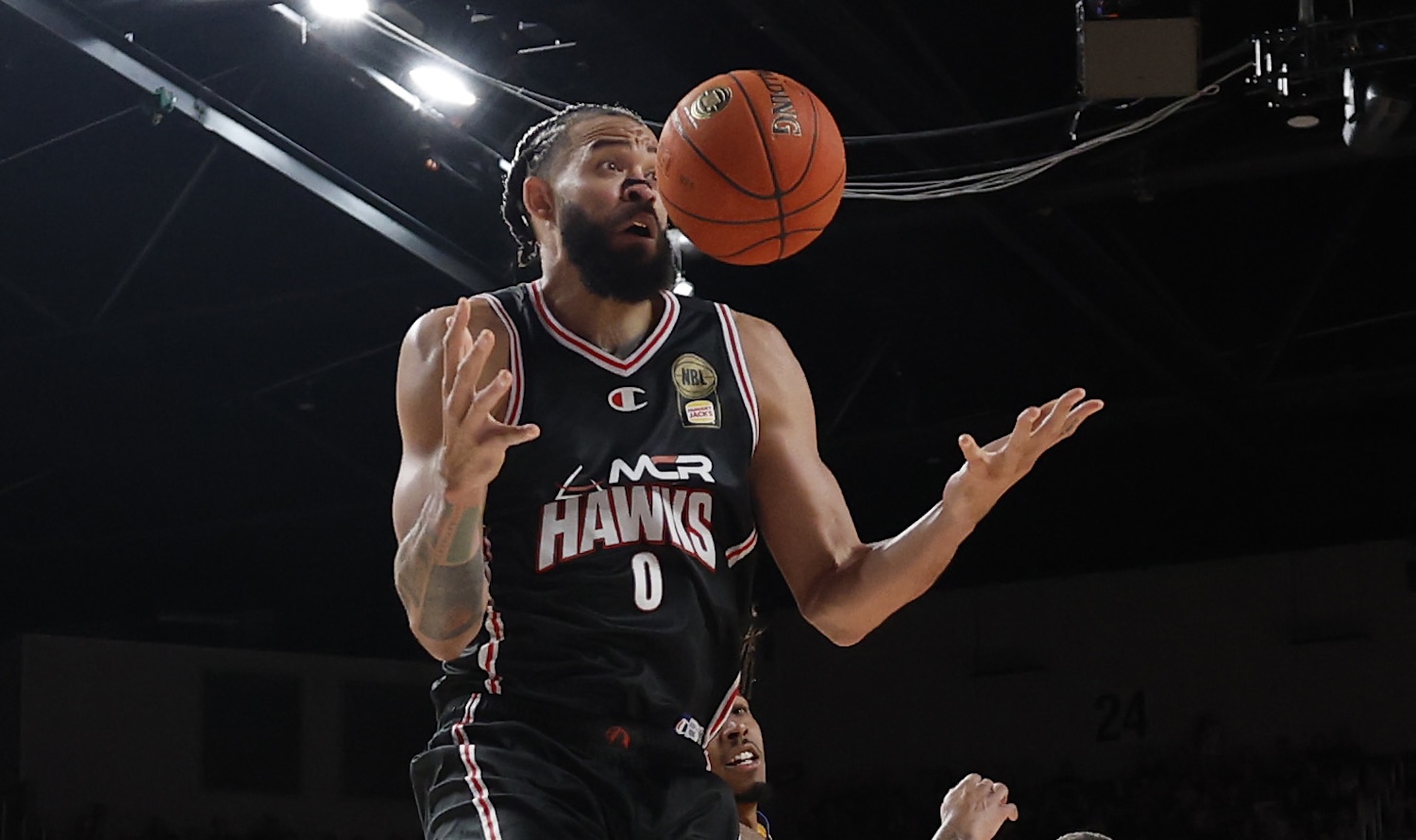
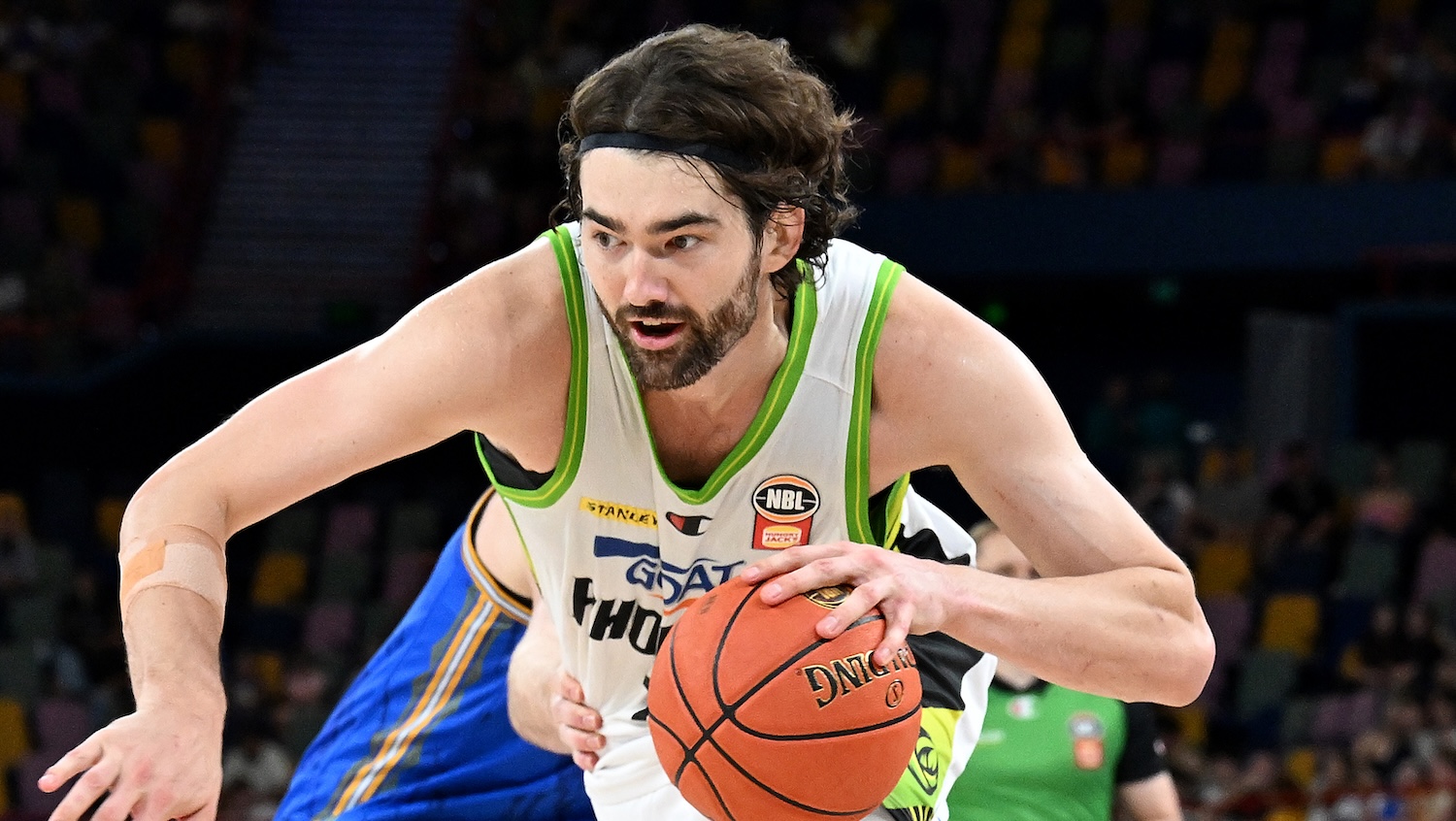
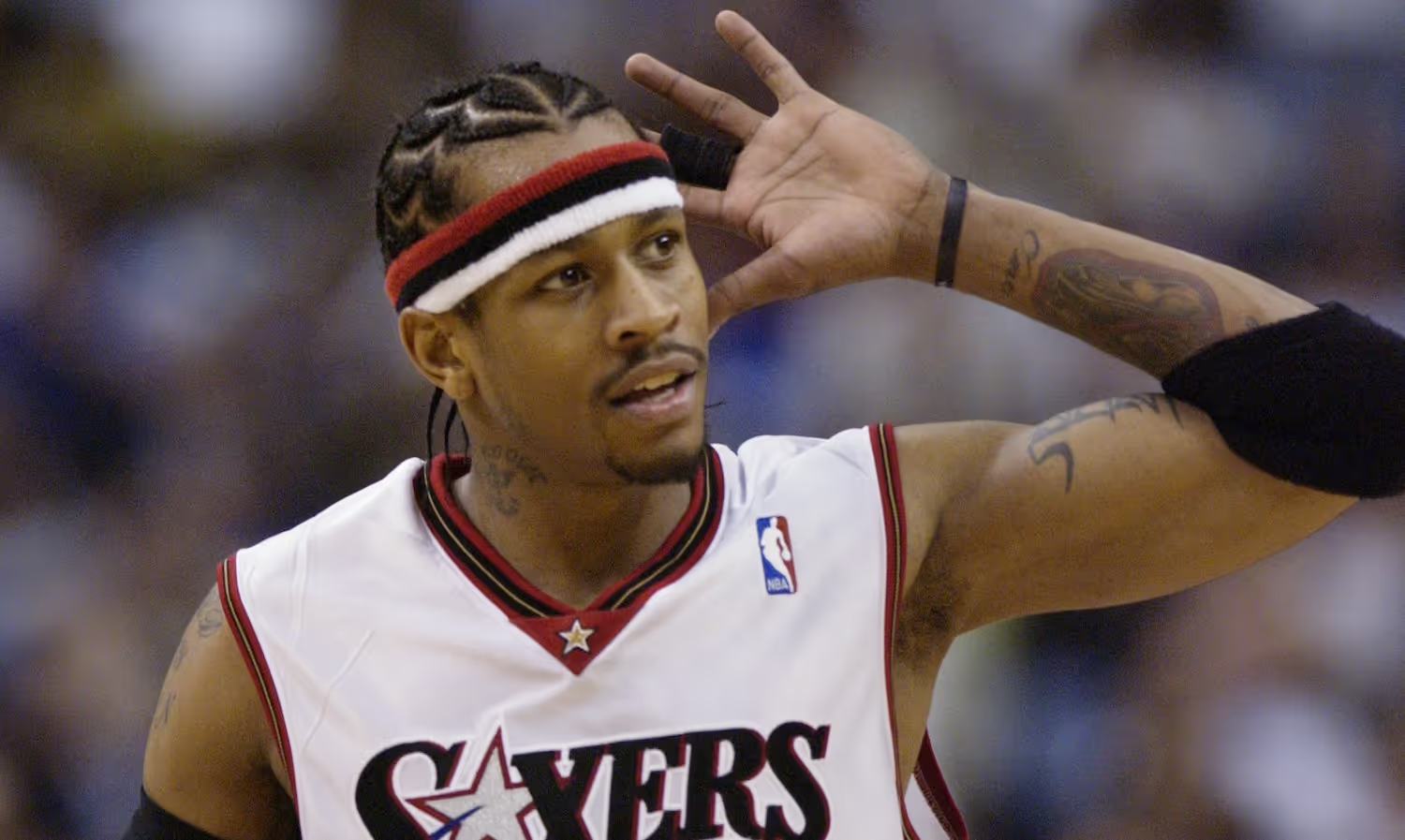

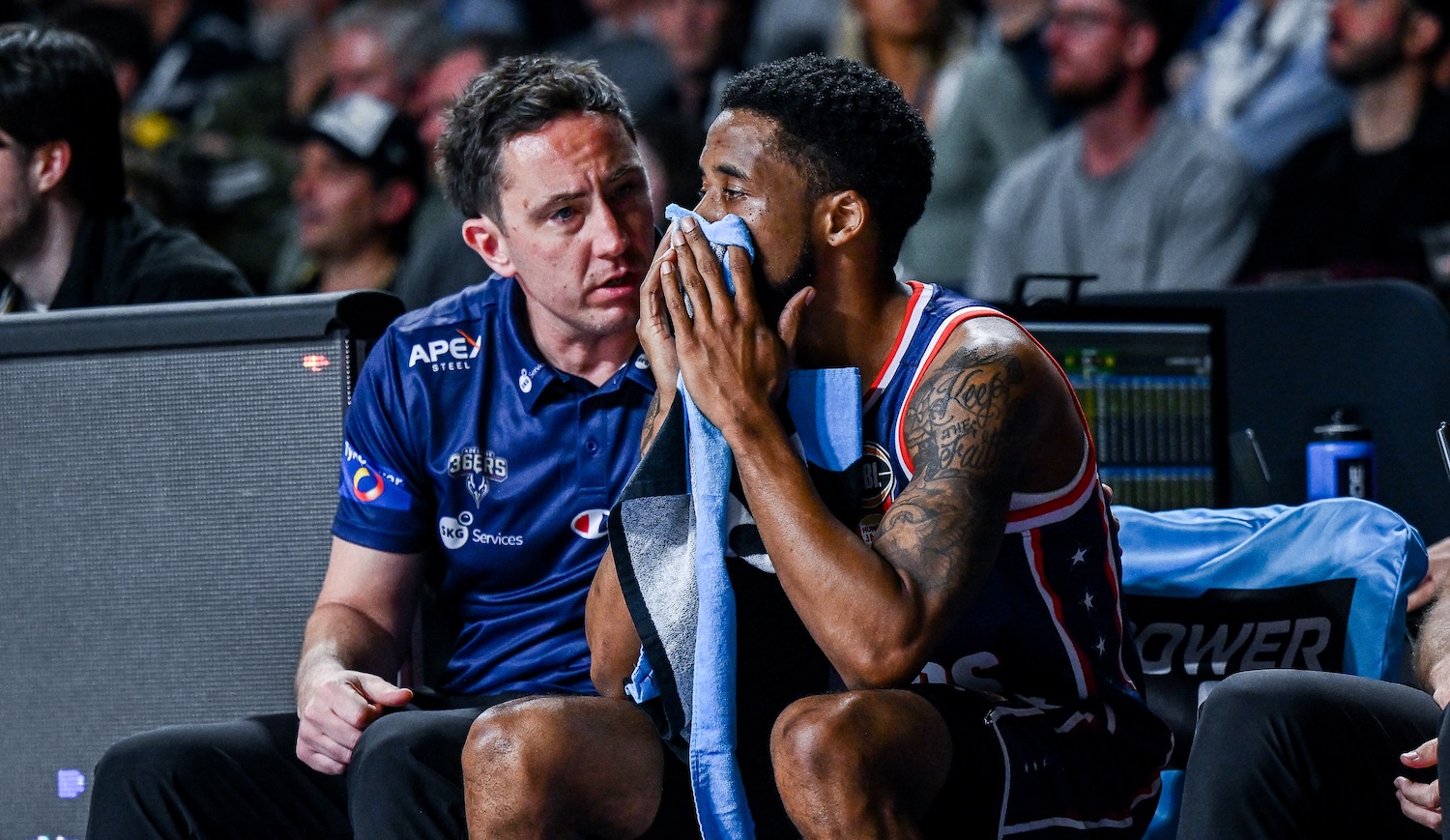
.jpg)
